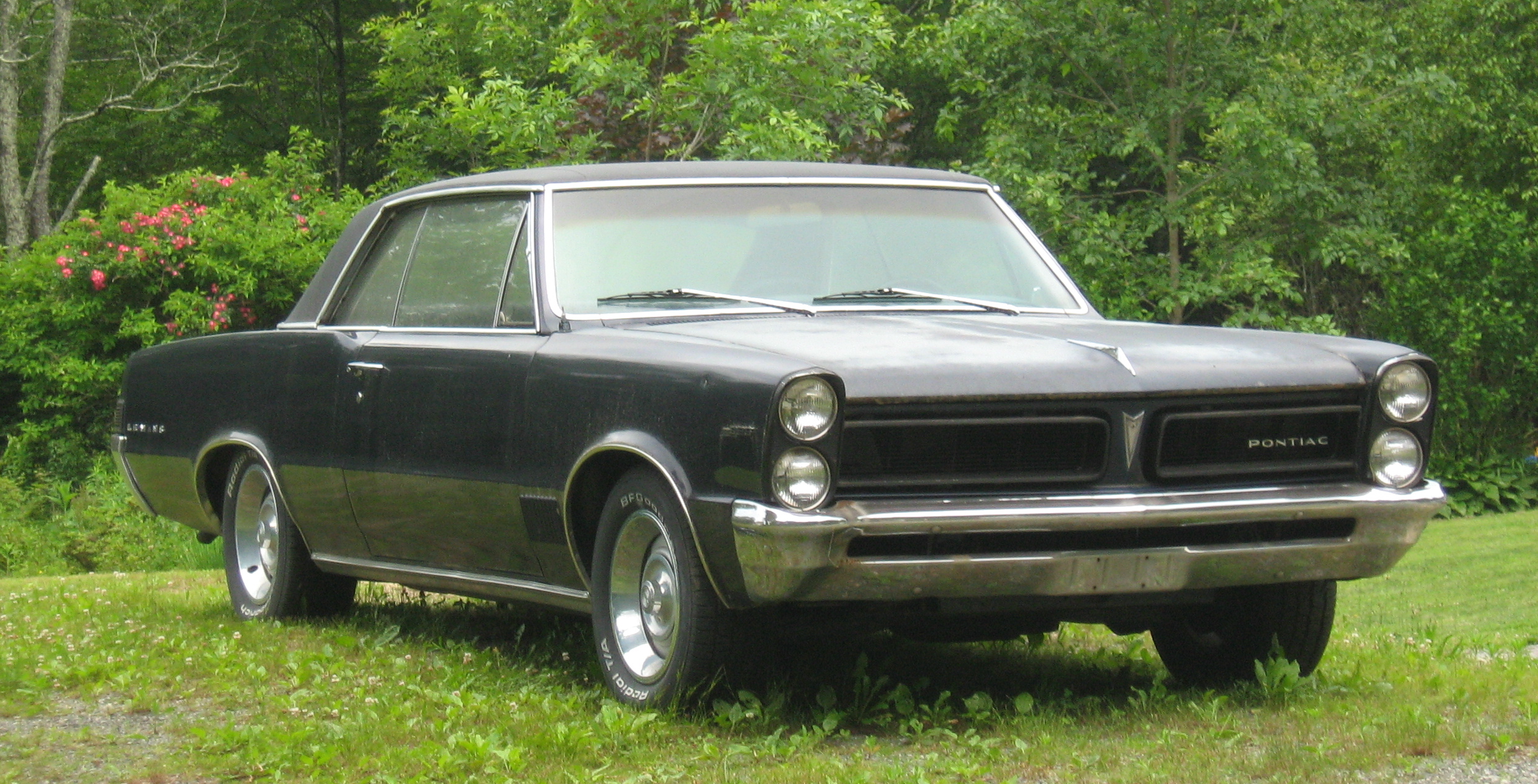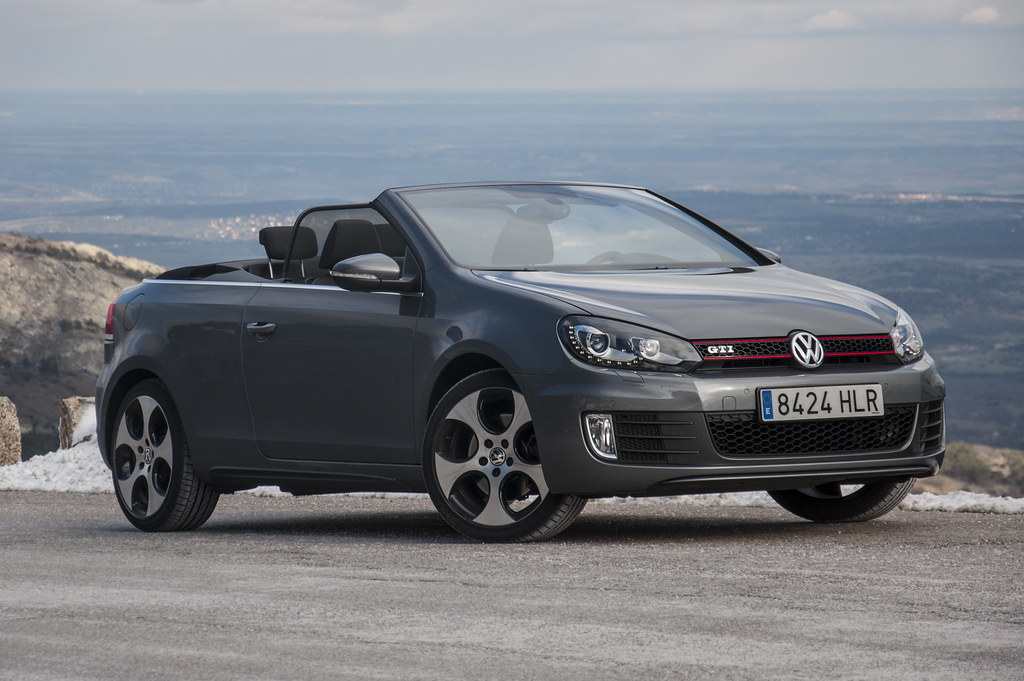.jpg)
Ah, the 1960s—the decade that celebrated free love, counter-culture, and an array of iconic cars that still ignite our passion today. However, nestled among the Mustangs and Beetles were some truly regrettable rides that never quite captured our hearts or sparked our imagination, leading us to embark on a nostalgic yet frank examination of these automotive missteps, so fasten your seatbelts for a ride down memory lane of rolling steel we’d prefer to forget.

1. **Ford Edsel (1958-1960)**: Just making a brief appearance in the ’60s, the Ford Edsel stands as a classic case of a vehicle that failed to meet the colossal expectations set before it. Launched amidst a whirlwind of excitement and anticipation, it was heralded as the car of the future, yet it quickly morphed into a cautionary tale of marketing gone wrong, with its peculiar design—most notably the infamous horse-collar grille—failing to resonate with buyers, which ultimately led to its untimely downfall, solidifying its reputation as one of the biggest flops in automotive history.

2. **Chevrolet Corvair (1960-1969)**: The Corvair started with promise but quickly became infamous for its safety issues, largely due to Ralph Nader’s book ‘Unsafe at Any Speed.’ Its design included a rear-engine layout that led to stability problems, earning it a reputation that overshadowed its innovative concepts. Despite its sleek design and being a precursor to the American compact car, the Corvair is often looked back on with regret.

3. **AMC Rambler Marlin (1965-1967)**: AMC aimed to enter the sporty fastback market with the Marlin, but it didn’t quite hit the mark. Its design was polarizing, and it didn’t offer the performance to match its sporty looks. The Marlin couldn’t compete with the likes of the Mustang, which captured the spirit of the ’60s much more effectively.

4. **Plymouth Barracuda (1964-1966)**: Although later iterations of the Barracuda became true automotive legends, the original model released in the mid-60s turned out to be less than thrilling. Essentially just a Plymouth Valiant dressed up with a large wrap-around rear window, it lacked the muscle and charm that would eventually define the hot muscle car icon that followed, resulting in it being a lukewarm effort that fans of the genre would quickly forget.

5. **Studebaker Lark (1959-1966)**: The Studebaker Lark was an ambitious attempt to remain relevant in the automotive landscape by introducing a compact car option to the market. Unfortunately, it struggled to keep pace with more popular rivals like the Ford Falcon and Chevy Nova, facing significant quality control issues that rendered it a less appealing choice for consumers at the time, highlighting how tough competition can make or break a car’s success.

6. **Chrysler Turbine Car (1963-1964)**: With only 55 units ever produced, the Chrysler Turbine was more of a bold experiment than a mainstream vehicle. Designed with a groundbreaking turbine engine, this car was indeed ahead of its time but was ultimately hampered by poor fuel economy and exorbitant production costs, rendering it impractical for everyday use, thus earning its place in the annals of automotive history as a dream unfulfilled.

7. **Renault Dauphine (1956-1967)**: Imported from France, the Dauphine was meant to capture the American market with its small size and fuel efficiency. Unfortunately, it was underpowered, struggled on American roads, and had a propensity for rust, leading it to be a less-than-fondly remembered import.

8. **Hillman Imp (1963-1976)**: This British contender, the Hillman Imp, aimed to take on the Mini but unfortunately couldn’t quite deliver the performance or build quality that consumers expected. Despite featuring some innovative attributes like a rear-engine layout, it fell short in many aspects, failing to keep up with its contemporaries and leaving it as a regrettable entry in the automotive world during this dynamic decade.

9. **Mercury Comet (1960-1969)**: Despite its sleek name, the Mercury Comet failed to live up to expectations in the 1960s. Originally designed as an upscale compact vehicle, the Comet struggled with its identity, often getting overshadowed by its more popular counterparts like the Ford Falcon. While it aimed to blend affordability with luxury, it ended up being a lukewarm compromise that didn’t capture the attention of the market as intended.

10. **Peugeot 404 (1960-1975)**: Peugeot’s introduction of the 404 was met with high hopes for making waves in the international market. However, despite its stylish design and solid engineering, the 404 struggled in the American market, where its performance and aesthetic did not align with consumer preferences, leading to its inability to compete effectively against both domestic and other European rivals, making it another regrettable footnote in the automotive narratives of the ’60s.
11. **Fiat 850 (1964-1973)**: The Fiat 850 was intended to be a charming small car, delivering practicality and style. However, its underpowered engine and struggles with reliability made it a less desirable choice for consumers. The vehicle’s mechanical shortcomings overshadowed its potential, and it didn’t achieve the success Fiat had hoped for in North America.

12. **Pontiac Tempest (1960-1970)**: The Pontiac Tempest was innovative in some respects, such as its rear transaxle and independent rear suspension. However, these advancements were not enough to make it memorable for the right reasons. The Tempest suffered from engineering issues, and its quirky design and execution didn’t translate into mass-market appeal, resulting in a vehicle that is often overshadowed by its muscle car stablemates.

13. **Sunbeam Alpine (1959-1968)**: This British sports car aimed to capture the charisma of its more successful rivals, but the Sunbeam Alpine fell short in terms of power and performance. Its modest engine offerings and lack of serious updates made it less competitive, especially in the American sports car market that was gravitating towards bigger and faster vehicles.

14. **Simca 1000 (1961-1978)**: A French compact car that tried to make a mark in various international markets, the Simca 1000 was plagued by issues such as poor build quality and a lack of robustness. While it found some success in Europe, its attempt to capture the American market was largely unsuccessful, making it a forgotten player of the decade.

15. **Jensen C-V8 (1962-1966)**: The Jensen C-V8, a British grand tourer, promised an alluring combination of luxury and performance, but in reality, its unconventional design and nagging mechanical issues overshadowed its otherwise decent road performance. This mix of factors ultimately led to a lack of significant commercial appeal, marking it as one of the less memorable British cars from the iconic era of the ’60s.

16. **NSU Ro 80 (1967-1977)**: With its rotary engine and bold ambition, the NSU Ro 80 sought to revolutionize the automotive landscape. Sadly, it was plagued by serious engine durability problems that tarnished its reputation, and although it boasted an innovative design, these mechanical shortcomings overshadowed its potential and ultimately translated into commercial disappointment for the company.

As we reflect on these strikingly regrettable rides, it becomes clear that while some vehicles faltered due to poor execution or design, they each played a crucial role in the ever-evolving saga of automotive history. The experiences gleaned from these misadventures have spurred innovation and progress, paving the way for the outstanding vehicles we cherish today, and each misstep serves as a poignant reminder of the relentless pursuit of excellence in the automotive industry, where every flawed creation contributes to the intricate story of evolution and improvement.
Related posts:
5 Greatest Disney Rides by Decade: The 1960s
The Freedom Riders, Then and Now
Most Quintessential Cars of the 1960s


.jpg)


